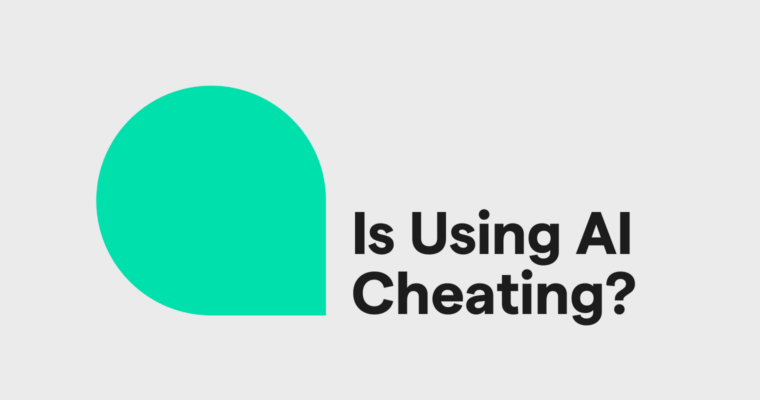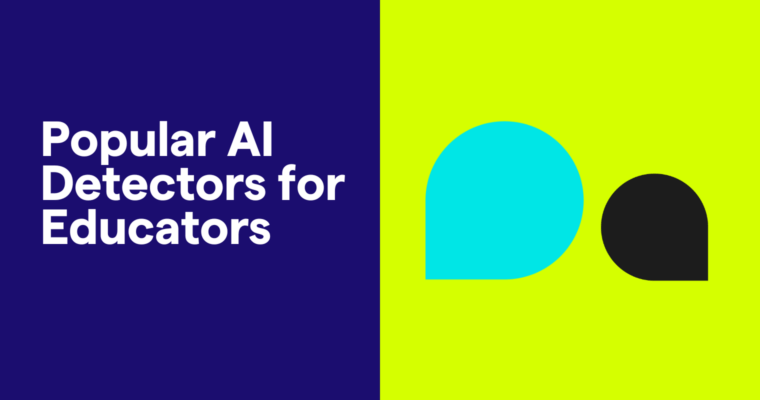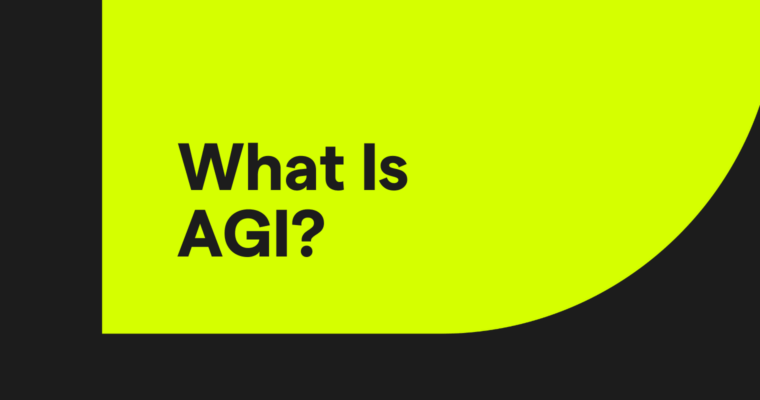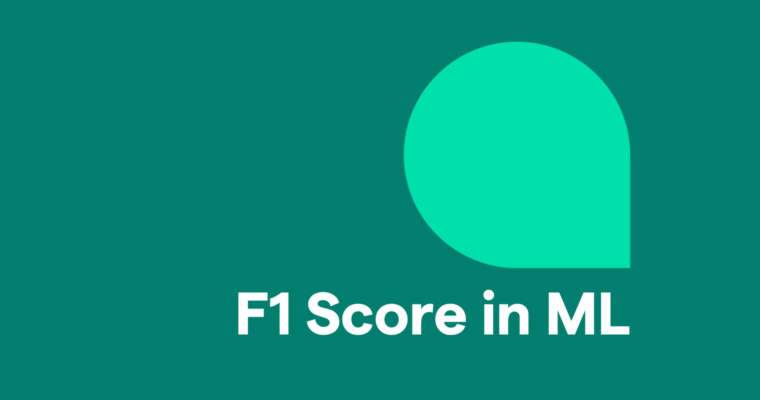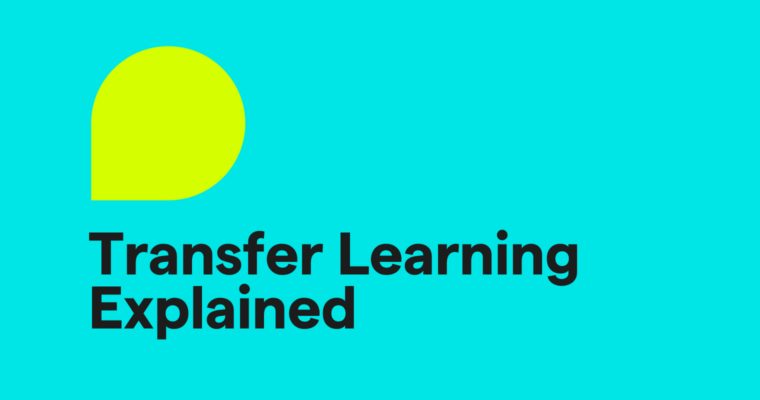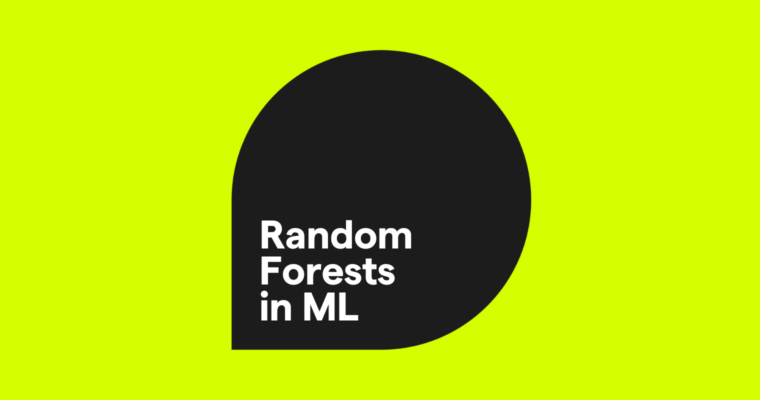
As Google’s answer to ChatGPT, Gemini has the potential to transform how you search the internet and interact with Google services and apps. Discover what Gemini is, how to use it, and its potential limitations.
Table of contents
Disadvantages of Google Gemini
What is Google Gemini?
Google Gemini, formerly known as Google Bard, is an advanced AI-powered chatbot developed by Google. Designed to generate human-like responses, Gemini can process and respond to text, image, and audio prompts. It’s capable of answering questions, generating written content, creating code, producing images, and handling a wide range of user requests. Gemini is integrated with Google’s suite of applications and services, providing users with convenient access to data from these tools.
The evolution of Google Gemini
Gemini represents the culmination of Google’s extensive efforts in artificial intelligence (AI). Google’s journey in AI began in 2011 with the creation of Google Brain, which has since spearheaded major advancements, including the invention of the transformer architecture in 2017—a breakthrough that powers most large language models (LLMs) today. In 2014, Google acquired DeepMind, the AI research lab that eventually developed the Gemini model.
The Gemini chatbot was introduced as Bard in March 2023. Initially powered by Google’s LaMDA LLM, it was later upgraded to the more capable PaLM LLM. In December 2023, Google launched the Gemini LLM, its most advanced model yet, and rebranded Bard to Gemini.
How does Google Gemini work?
Gemini relies on machine learning (ML) techniques, specifically LLMs and generative AI, to efficiently ingest and parse large volumes of data. Here’s an overview of how Google’s LLM innovations led to the development of Gemini.
What makes AI models tick
Generative AI operates by training models on vast amounts of data. Data scientists and researchers train LLMs by mapping the relationships among words, phrases, and images in the training data, enabling the model to predict the meaning of prompts and generate appropriate responses. Each word in a sentence or pixel of an image represents a prediction.
To ensure responses meet users’ needs, generative AI models undergo a fine-tuning stage. During this phase, models are provided with additional specific data (such as conversation databases) and human feedback to refine their outputs.
LLMs like those powering Gemini use a transformer architecture, introduced by Google researchers in 2017. The transformer architecture revolutionized machine learning for several reasons:
- Efficiency: Requires fewer computational resources
- Contextual understanding: Models relationships between words in a sentence regardless of word order, assigning context and meaning
- Parallel processing: Handles multiple words simultaneously, accelerating the training process
- Versatility: Supports multiple input and output types, including text, images, and audio
Google models used to power Gemini
Google has employed several LLMs to power Gemini.
Gemini was initially based on Google’s Language Model for Dialog Applications (LaMDA):
- Announced in 2021
- Trained on publicly available dialogue and web content
- Fine-tuned by humans, who rated responses for sensibleness, specificity, and interestingness
Google replaced the LaMDA model with the Pathways Language Model (PaLM 2):
- Trained in 100 languages
- Enabled Gemini to generate and debug code
- Used a more extensive training dataset, including books, conversational data, and mathematical content
In December 2023, Gemini (then known as Bard) was moved to the Gemini LLM:
- Trained with multimodal data (text, images, and audio)
- Can understand more context and nuance since data is coming from more than text-only sources
- Can analyze large amounts of complex information, such as an annual financial report
Training on TPUs
Unlike most other model training companies, Google doesn’t train their models on GPUs. Instead, they use Tensor Processing Units (TPUs), which are Google’s own custom processors. TPUs are specially designed for ML and AI systems with a special focus on optimizing matrix multiplications within AI training and usage. Especially with constrained GPU supplies, the performance and availability of TPUs were key to training the Gemini models.
Is Google Gemini free to use?
Google offers free and paid versions of Gemini. You can access Gemini via a web application or iOS and Android apps.
The free version offers all of the basic features:
- Text-based prompts and generation
- Ability to upload and generate images
- Ability to search Google apps and services
The paid version, Gemini Advanced, offers more powerful features:
- Advanced version of the AI model, which is designed for more complex tasks
- Ability to have longer conversations
- Ability to use Gemini inside Google apps like Gmail and Docs
- 2 TB of storage
How to use Google Gemini
Google Gemini combines cutting-edge AI with the power of Google’s expansive ecosystem to provide a wide array of tools for productivity, creativity, and problem-solving. Whether you need help generating text, analyzing or creating images, writing code, brainstorming ideas, or conducting intelligent searches, Gemini adapts to your needs with remarkable flexibility. Below, we’ll explore how Gemini’s capabilities can assist with various tasks and enhance your workflow.
Text generation
Enter a prompt, and Gemini will respond with conversational text. You can generate text for various business, personal, academic, or creative applications.
Examples of text generation tasks include:
- Drafting content for emails, letters, and other forms of correspondence
- Creating educational content, such as speeches, study guides, presentations, and lesson plans
- Translating text from one language to another
- Drafting business communications like proposals, website content, and memos
- Providing tips to revise or improve existing written content
- Writing creative content, such as social media posts, storylines for games, and prompts for journaling exercises
While Gemini is one of many AI-powered text generation tools, Grammarly leverages advanced AI to elevate your writing experience seamlessly within your favorite applications. Grammarly’s AI capabilities go beyond text generation by integrating seamlessly with platforms like Microsoft Word and Gmail, offering real-time grammar and style suggestions, tone adjustments, and clarity enhancements as you write. With Grammarly, you can refine the text you generate—whether from Gemini or other tools—and produce mistake-free, impactful content without switching between applications.
Image analysis
Gemini incorporates Google Lens capabilities so you can upload images and text prompts. You can use the image to add context to your prompt or direct Gemini to do something with it.
You can use the image analysis functionality to perform a variety of tasks, such as:
- Get a description of what’s in an image.
- Write a caption for an image in a particular style or at a particular length.
- Identify what’s pictured, like a specific flower or type of insect.
- Transcribe handwritten notes.
- Turn images of text, like your car’s vehicle identification number (VIN), into text.
One limitation of Gemini’s image features is that they don’t allow you to upload photos of people. This rule prevents people from using the platform to generate harmful images of others.
Image generation
Google Gemini can generate images based on your prompts. You can also ask Gemini to use a picture you upload as a reference or an inspiration. It’s capable of generating images in any style. For example, you can specify if you want your image to look photorealistic, abstract, hand-drawn, or like an oil painting.
Here are some ways you can use the image generation feature:
- Creating images for social media, presentations, and websites
- Drafting concept art for film, art, photography, or sculpture projects
- Adding illustrations to existing prose or poetry
- Creating your own library of stock images
- Re-creating an existing image in a different style
- Brainstorming ideas for decor
Code writing
Gemini can translate plain language instructions into code. It writes code in more than 20 programming languages.
Its coding capabilities include:
- Finding bugs, syntax errors, and logic errors in existing code
- Modernizing existing code
- Explaining the functionality of a snippet of code
- Creating documentation
- Translating code between different programming languages
Brainstorming
Gemini can assist you in generating ideas for creative projects, activities, and marketing campaigns.
You can ask Gemini to help you brainstorm for many activities:
- Ideas for fun games for a team-building, networking, or family event
- Features and functionalities for a product or service
- Layouts for visuals to accompany presentations, blog posts, or social media
- Prompts to use during brainstorming sessions
- Content for blogs, presentations, social media posts, and email campaigns
- New activities or hobbies to try based on your current interests and skills
Searching the internet
Gemini’s ability to leverage Google’s search capabilities is one thing that sets it apart. These capabilities can be used to search directly from within the application or to perform more complex tasks.
For searching the internet, it’s important to note that Gemini doesn’t produce results like what you would see on a Google search page. Instead, it summarizes them.
Sometimes, Gemini’s responses include images with links. So if you search for “major holidays in Kenya,” Gemini may respond with a list of holidays and images of people celebrating them.
You can add Gemini to Google search pages with a web browser extension. With the extension, you get a summary of the search page results. You can also prompt Gemini to do things with your search results. For example, if you’re trying to decide which television to buy, Gemini can create a comparison table so you don’t have to hop between tabs.
Interacting with Google apps and services
With Gemini Extensions, you can search Google’s many other apps and services: Gmail, Flights, YouTube, Docs, Drive, and Maps.
Here are some ways you can use this functionality:
- Find out when you last emailed a former colleague and get a summary of what you discussed.
- Find out the ingredients and measurements listed in a YouTube cooking video.
- Get a list of attractions in a city you plan to visit, with distance and average driving time from your hotel.
- Generate content ideas based on the topics discussed in a Google Doc.
You can also use Gemini inside Gmail, Docs, and Drive if you have the paid version of Gemini.
Summarize text
Gemini can scan texts and summarize them for you. You can paste any text or URL into the chatbot.
You can use this feature to do the following:
- Summarize an article with key points of interest for readers with a technical background.
- Pull out the most important topics from a transcription of an interview.
- Compare two articles with a high-level overview of them in an easy-to-read table.
Navigate responsible AI use with Grammarly’s AI checker, trained to identify AI-generated text.
Advantages of Google Gemini
Gemini offers several advantages that leverage Google’s extensive technology and information ecosystem, such as integrations with Google’s services, up-to-date information, and multimodal interaction.
Integration with Google products
Searching Google Flights, Maps, Hotels, Docs, and Drive within a single interface can have its advantages. For example, you can manage projects requiring multiple tabs, such as planning an event, in a single view.
Here are more examples of how Gemini’s integration with Google can aid you in your workflow:
- Use the “Google it” feature to verify Gemini’s responses in real time.
- Dive deeper into your research by visiting links in the interface.
- Export Gemini’s responses directly to Gmail or Google Docs.
Real-time updates and recent information
Since Gemini pulls data directly from Google, it can incorporate timely information in its response.
Given these capabilities, you can ask Gemini about current events and topics:
- Create an image inspired by today’s weather in your city.
- Request a summary of the latest news in your country.
- Research current trends on topics that evolve quickly, like pop culture and technology.
- Find out which new laws were passed in the last year.
- Get updated guidelines from authorities like the Centers for Disease Control and the Federal Trade Commission.
- Find out who the current elected officials are in a municipality, state, province, or country.
Multimodality in a single platform
Google Gemini is multimodal, so it can read and generate code, text, images, and audio within a single application.
Multimodal capabilities offer many benefits:
- Greater context for prompts, which allows Gemini to understand nuances like humor or sarcasm that may be missed with text-only prompts
- More natural interactions with the platform, since you can tell it to look at an image or watch a video instead of trying to describe it yourself
- Multistep prompts, such as asking Gemini to write a social media post and create the accompanying image
Disadvantages of Google Gemini
Gemini, like all generative AI tools, has its limitations. These challenges can lead to errors, slow down productivity, or restrict its usefulness to specific tasks.
Inaccuracies and hallucinations
Gemini may generate inaccurate or misleading responses, a phenomenon commonly referred to as “hallucinations” in AI. Hallucinations occur when the AI predicts or fabricates information that isn’t true or supported by reliable sources. For example, Gemini might summarize content inaccurately or provide unreliable references.
Even when responding directly to prompts, Gemini can misinterpret or overstate its own capabilities. For instance, it might claim it can’t create images or perform web searches, but a rephrased prompt could lead it to perform these tasks after all. This unpredictability makes it important to double-check responses and verify cited sources to ensure accuracy.
Biases in responses
As with many AI models, Gemini can produce biased outputs due to gaps or imbalances in its training data. These biases can manifest in various ways, such as limited cultural understanding or skewed perspectives on specific topics. Google has invested significantly in mitigating bias, with dedicated Responsible AI teams working to improve safety and fairness. However, biases remain a challenge that Gemini shares with other generative AI tools, reflecting the broader limitations of current AI technology.
Limited creativity
While Gemini is capable of generating creative content, its strengths lie in research and informational tasks. This aligns with Google’s core expertise as an information provider. For more imaginative or artistic outputs, Gemini may require highly specific prompts and significant refinement through follow-up interactions. Users may find other AI tools better suited for highly creative tasks.
Conclusion
Gemini is in a state of rapid change. Many experts say harnessing Google’s existing capabilities with sophisticated, conversational AI will change the face of search. Gemini can certainly change how you interact with Google apps and services today.
While Gemini unlocks new capabilities that help you be more informed and productive, it can also provide inaccurate, biased responses. Since generative AI is unfolding right before us, keeping up with the latest developments will help you maximize its benefits while minimizing its downsides.
FAQs
When was Google Gemini released?
Google Gemini was first introduced in March 2023 during an “experimental phase,” with a limited release in the US and UK. An international rollout followed in May 2023. Today, Gemini supports 40 languages and is available in 230 countries.
How is Gemini different from other AI models?
Gemini differs from single-modal AI systems by integrating with Google products. It offers tools designed to support creativity, productivity, and business applications. While it provides multimodal capabilities, its effectiveness depends on the specific use case and user needs.
Can Gemini get things wrong?
Yes, like any AI model, Gemini can occasionally produce incorrect or misleading information. Factors such as training data limitations, ambiguity in complex contexts, and challenges in multimodal processing contribute to potential errors. Users should approach its outputs critically, particularly for high-stakes decisions.
Is Google Gemini safe?
Google has prioritized safety in Gemini’s design, implementing extensive testing and safety measures to reduce harmful outputs and protect user data. For example, sensitive interactions are processed locally without sending data to external servers. However, no AI system is entirely free of risks, and users should remain mindful of privacy considerations and ethical use.
Is Google Gemini free to use?
Yes, Gemini is free for users with a personal or Workspace Google account. Paid plans are also available, offering enhanced features and access to faster, more advanced models.
How do I access Google Gemini?
You can access Gemini through the Gemini web app or within various Google apps, such as Google Docs and Gmail. Additionally, certain Google searches may display an AI-generated overview at the top of the page, powered by Gemini.

